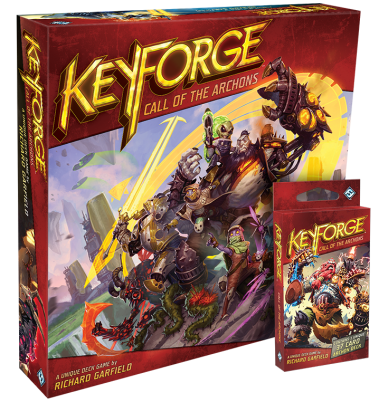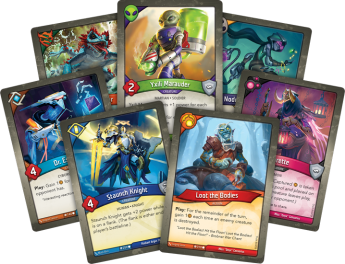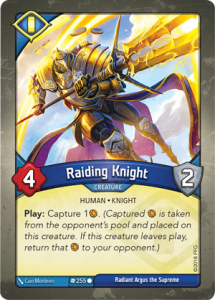After years studying Spanish, I finally arrogantly proclaimed that I could fit everything one would need to know in order to speak the language onto a single piece of paper. Well… I was close.
Here is my Spanish Cheat Sheet, in all its barely-four-page glory.
You see, Romance languages like Spanish use a special convention to conjugate verbs that makes them (technically speaking, anyway) extremely simple to learn. Note that I did not say “easy” – only that it’s simple. You still have to memorize a bunch of stuff and practice using it until you become proficient, just like with any language.
But if you know which bits to memorize first (i.e., how to conjugate verbs), you can leap way ahead in your acquisition of the language, rather than slowly floundering from one random word to the next (reading a dictionary), or from one arbitrary phrase to another (learning from immersion).
In all languages, a verb is a word that describes an action – something that is done, or happens, or occurs. To say anything meaningful, one usually needs a verb to serve as the core of their thought, and then various modifications to that verb can be thrown in to help get specific.
For example, in the above sentence, the single verb which served as the core of that thought was “need.” The structure of English demands to know who or what is doing the needing, and in this case that was “one,” or somebody, a hypothetical person. That’s it as far as the minimum for sensical English is concerned, but I went ahead and added in a lot of other detail anyway, such as “usually,” which put a distinct spin on just what sort of “need” that “one” had, making the whole thing more precise.
There’s a lot more going on under the hood there, but for the purposes of learning Spanish, I need only go on to say that what in English requires two separate words to get across (one + needs), Spanish can do with just one: the supremely elegant and efficient necesita.
In Spanish, the very word of the verb itself is altered slightly in order to form different aspects of the same action. This is called conjugation. “I need” is necesito. “You need” is necesitas. “We all need” is necesitamos.
And on and on it goes, so that a fully conjugated Spanish verb will tell us – in a single, jam-packed word – what the action is that’s taking place, who or what is performing it, even when it took place, is taking place, or will take place, and sometimes also to whom it’s being done!
The four-word English sentence “He will buy it” can be translated into a single word of Spanish: comprarála. That’s a lot of efficiency. And it’s the elucidation of exactly that efficiency which is the point of my cheat sheet, in order to facilitate the most painless experience possible for your progression into Spanish.
And on top of that, all Spanish spellings have a 1-to-1 ratio with the pronunciations, so it’s even super easy to read and write it, unlike most other languages.
Of course, what my cheat sheet is missing is sheer vocabulary – all the words for things you need to know in order to say specific stuff. But, unlike conjugations, there is no simple way to learn all that (aside from reading a dictionary, which can be kind of fun), so that part of language acquisition will have to come with time.
As you’ll see, the verbal conjugation endings are bit dry to memorize by rote, but luckily there aren’t very many of them, at least not as far as basic fluency is concerned. And the payoff is enormous.
Once you get the hang of them, you will have forged for yourself a skeleton key to the entire language, and it will enable you to open infinite doors of communication.
Disfrutala!


